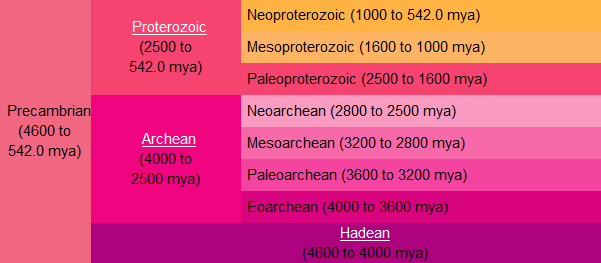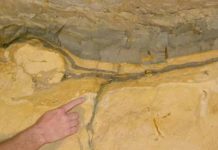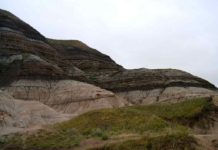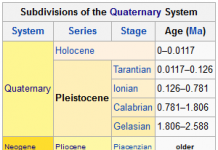In the geologic record the Eoarchean (/ˌiːoʊ.ɑrˈkiːən/; also spelled Eoarchaean) Era or erathem is the earliest time following the solidification of Earth’s crust. It follows the Hadean and precedes the Paleoarchean Era of the geologic timescale. The approximate abiotic origins of life (abiogenesis) have been dated to a time window from 4,000 to 3,600 million years ago when atmospheric pressure values ranged from ca. 100 to 10 bar.
Chronology
It was formerly officially unnamed and usually referred to as the first part of the Early Archean (now an obsolete name) together with the later Paleoarchean Era.
The International Commission on Stratigraphy now officially recognizes the Eoarchean Era as the first part of the Archaean Eon, preceded by the Hadean Eon, during which the Earth is believed to be essentially molten.
The International Commission on Stratigraphy currently does not recognize the lower boundary of the era which has been provisionally placed at 4,000 million years ago nor that of the preceding Hadean Eon.
The Eoarchean was followed by the Paleoarchean Era.
The name comes from two Greek words: eos (dawn) and archaios (ancient). The first supercontinent Vaalbara appeared around the end of this period around 3,600 million years ago.











